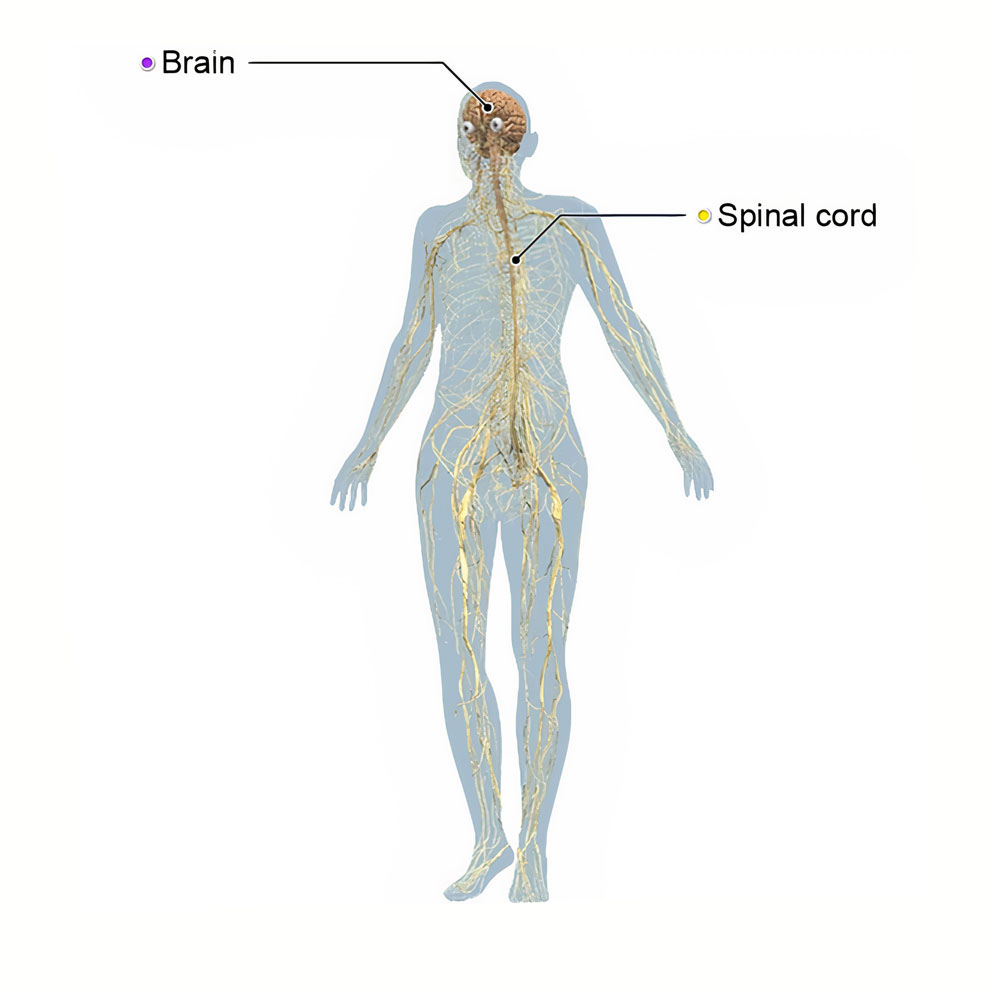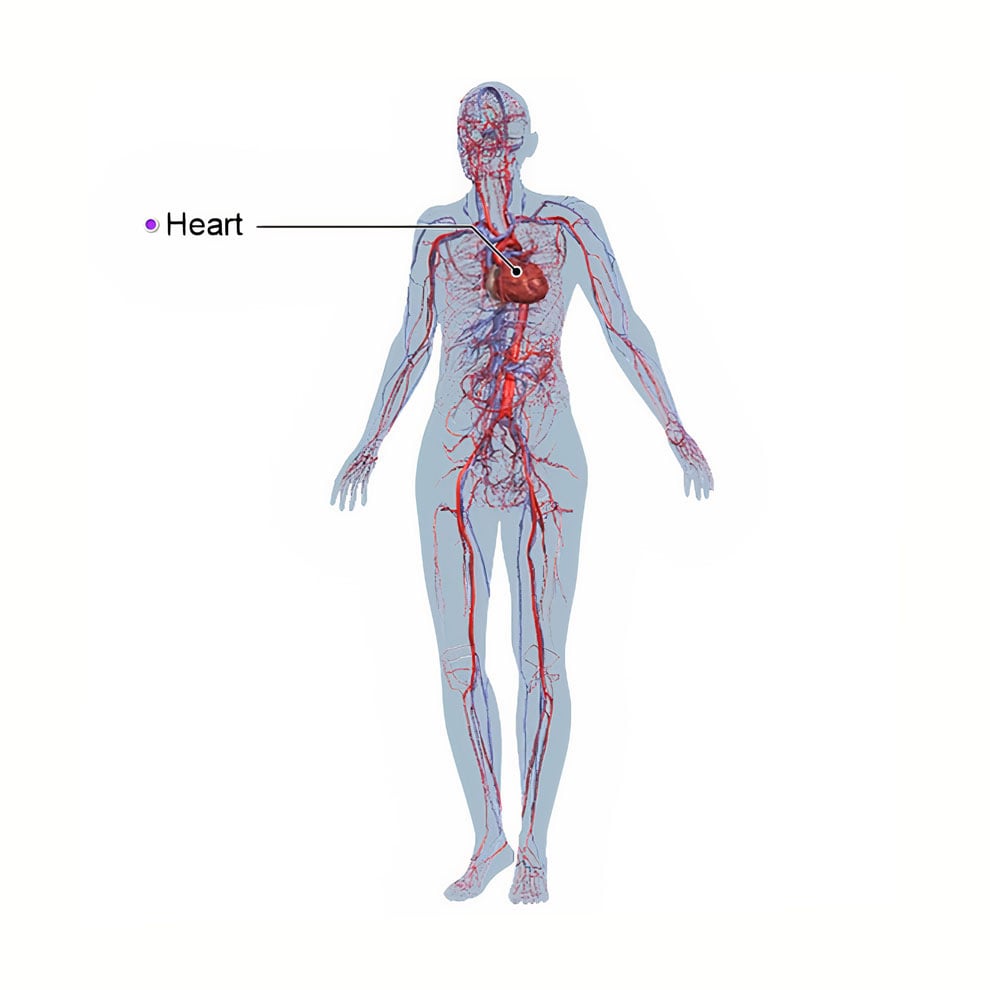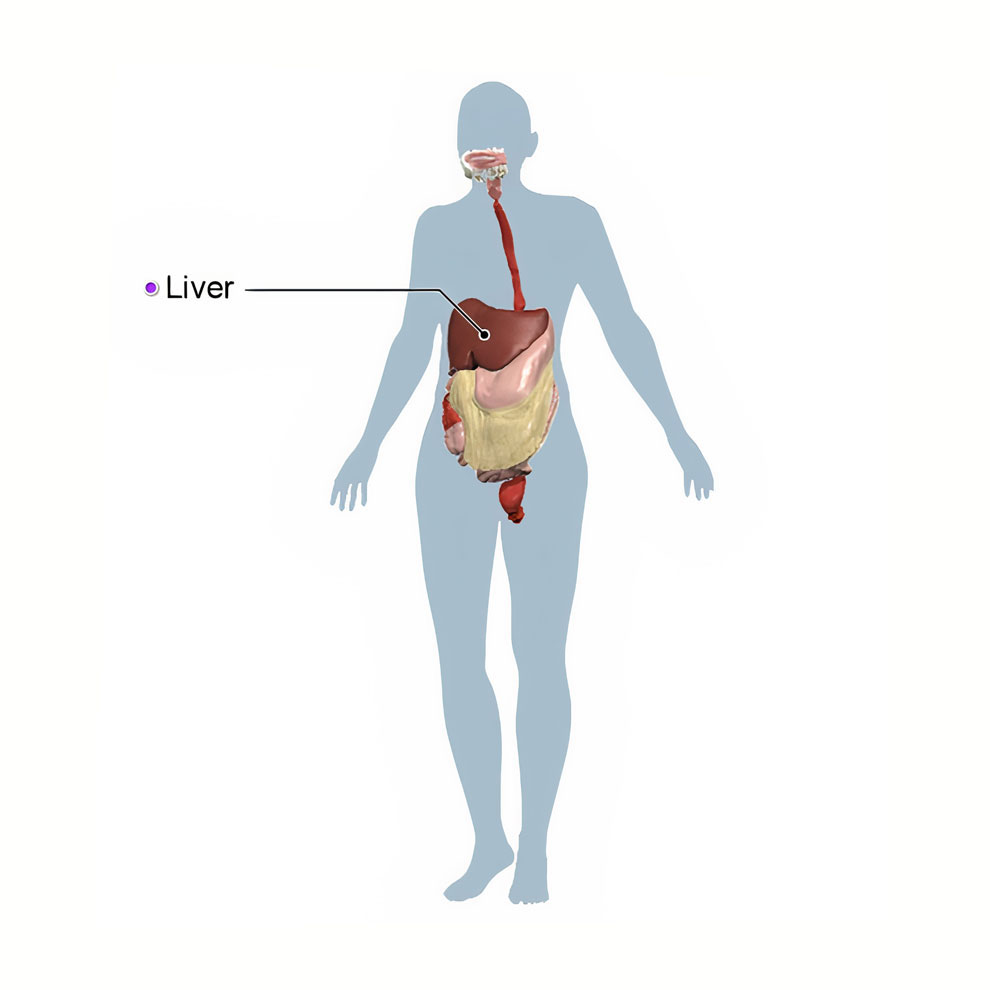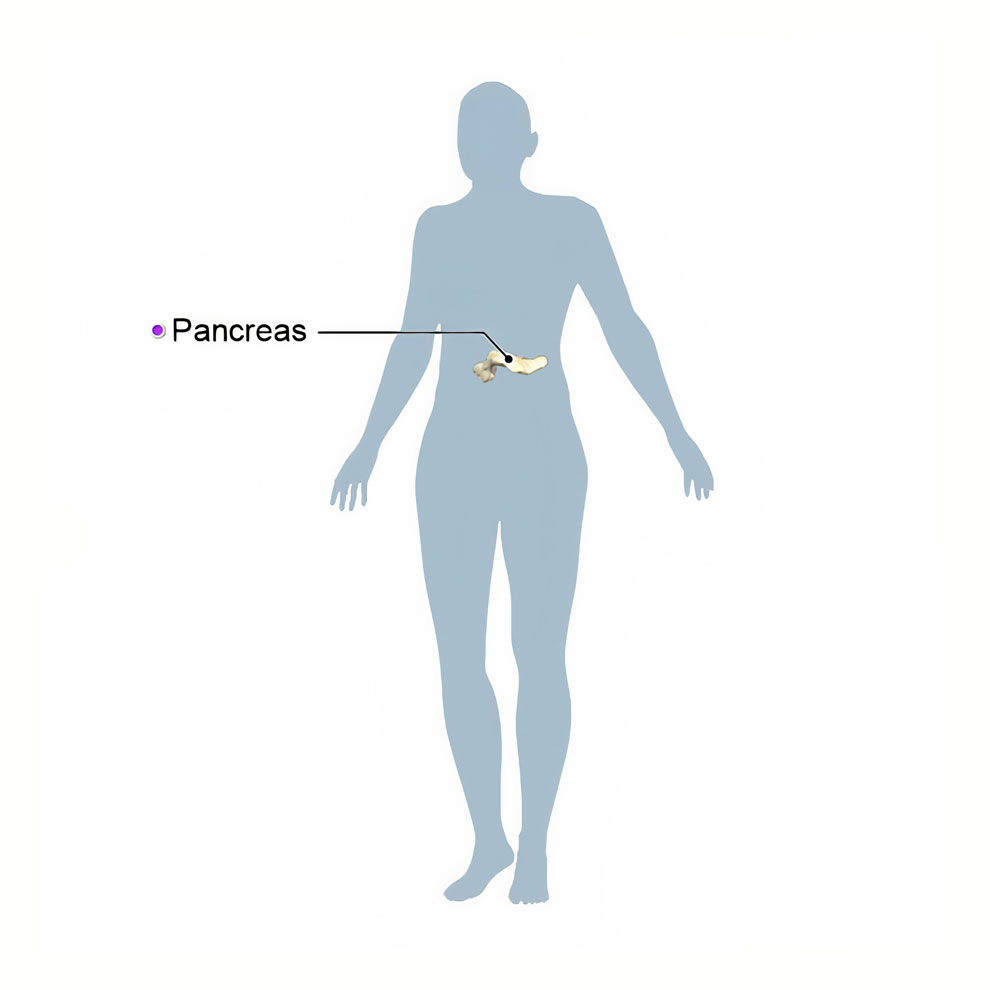Dry January is a fantastic way to help our bodies recover from regular alcohol consumption – or maybe a bit of overindulgence over the holidays. Celebrating excessively over a short period can result in long-term issues, so we are here to highlight the benefits to your body from cutting back or abstaining.
Emily Robinson was so determined to run her first marathon in 2011 that she gave up drinking in January in preparation. Cutting out alcohol not only gave her more energy to compete, but she also lost weight, felt better in general and improved her sleep – thus Dry January was born. The following year she joined Alcohol Change UK and decided to quit drinking in January again. Her message spread and in 2021 around 130,000 followed her example.
Experts at the University of Sussex have since determined that in the six months after finishing Dry January, many people were still drinking less than before. This includes some who were in the “harmful” levels of drinking categories but are now at lower risk.
Note: If you need help with drinking, please contact a professional for assistance. And if you suffer alcohol withdrawal symptoms, seek immediate medical help as it could have potentially deadly results.
How much is too much?
In the US in 2011-2015 it is estimated that excessive alcohol consumption was responsible for one in 10 deaths of working age adults age 20-65. So how much is too much?
Current guidelines from the Centers for Disease Control and Prevention recommend that drinking moderately adds up to two drinks or less per day for men and one a day for women. Binge drinking for men is consuming five or more drinks in a single session and four for women. You might think you don’t binge drink, but 15 or more drinks per week for a man and eight or more for a woman is considered drinking excessively.
In the UK, alcohol intake is measured in units and alcohol content is expressed as “alcohol by volume.” For both men and women, the UK Chief Medical Officer’s recommendation is no more than 14 units a week.
| United States | United Kingdom |
|
|
People who should not drink alcohol at all include those who are pregnant, if you’re planning to drive or partaking in any activity which needs alertness and concentration or if you are on prescription medicines or recovering from alcoholism.
What happens to your body when you drink?
From the warm buzz after taking your first sip to waking up the next morning with a hangover, alcohol can affect your mind and body in numerous ways even if you don’t drink regularly.
Brain

The brain, along with the spinal cord, form the central nervous system. Its complex network of millions of neurons process and respond to stimuli, to help control our behavior and regulate how our body functions.
When we drink to excess it causes damage to this neuronal network, which can result in:
- Slurred speech
- Inability to balance
- Slower reaction times (a major reason not to drink and drive)
It also plays havoc with our mood and behavior, making us:
- Unable to think clearly
- Unable to retain long term memories
- More vulnerable to making decisions we may later regret
Heart

Made up of two strong muscular pumps, the heart is essential in delivering oxygen and nutrients to the millions of cells in our body. It continuously pumps deoxygenated blood to the lungs and oxygenated blood around our body to keep us alive.
Chronic drinking can lead to several heart conditions:
- Irregular heartbeat
- High blood pressure
- Stroke
- Heart disease
- Heart attack
- Heart failure
Liver

The liver is the largest solid organ in the body. Positioned just below the diaphragm, it is a necessary part of the digestive system and serves several important functions:
- Metabolizes carbohydrates, lipids, proteins, drugs and hormones
- Stores vitamins, minerals and glycogen
- Excretes urea and bilirubin
Notably, it breaks down and removes all the harmful toxins – including alcohol – from your body. When too much alcohol is consumed, the liver struggles to cope, resulting in a variety of issues that can be fatal.
There are three types of alcohol-related liver disease:
- Alcoholic fatty liver disease is the first stage where too much fat is deposited around the liver causing damage and scarring. It can be cured by not drinking alcohol anymore.
- Acute alcoholic hepatitis can be the next stage and causes the liver to become inflamed and painful. Treatment can reverse the damage but, in some cases, it can lead to liver failure.
- Alcoholic cirrhosis is the most severe form of liver disease. Drinking heavily over a long period of time can leave the liver permanently scarred. When this happens your liver will stop functioning properly, leading to liver failure.
Pancreas

Situated behind the stomach, the pancreas is also integral to our digestive system. It helps break down protein, starch and fats while also producing the hormones glucagon and insulin which control our blood sugar levels. If the pancreas stops producing insulin this can lead to diabetes and complications surround the side effects of diabetes.
Too much alcohol can cause the pancreas to produce toxic substances, leading to:
- Pancreatitis (inflammation of the pancreas) – Long-term alcohol abuse has been known to cause chronic pancreatitis, a condition that can last for months or years and results in permanent scarring and damage. It prevents the pancreas from breaking down your food, making you malnourished. You may also experience diarrhea, vomiting, fatigue and pain in your abdomen.
- Hypoglycemia (low blood sugar levels) – Having low blood sugar can result in fainting, seizures or even slipping into a coma without immediate treatment.
- Hyperglycemia (high blood sugar levels) – Long-term effects of high blood sugar include eye disease, kidney disease and cardiovascular disease.
Drinking heavily also increases the risk of various types of cancer and weakens your immune system, making it harder to fight off germs and viruses.
How will Dry January help?
You might think, what is the point if I’m just going to go back to drinking in February? It’s simple: Cutting down your alcohol intake – even for just this one month – can reverse some of the conditions above and generally improve your lifestyle over the long run.
You’ll likely save money, sleep better, have more radiant skin, a calmer mind and more energy to do other activities not drink-related.
And on the inside the results are clear. Cutting down on alcohol can:
- Lower your blood pressure
- Reduce your risk of diabetes
- Lower your cholesterol
- Reduce your risk of having cancer-related proteins in your blood
Further, just by giving ourselves a month off we can assess how much we really need alcohol in our lives and how different we feel without it.
The images used in this piece have been taken from Primal’s 3D Anatomy & Physiology module. To learn more about this or other Primal digital content – please fill in the form here and our team will be in touch.
